Blend modes
Blend who?
Blend Modes determine how two graphics or colors blend together. Each blend mode has a different effect on the resulting blend.
Overview of supported blend modes
| Examples | |||
|---|---|---|---|
| Normal | Screen | Overlay | Darken |
 |
 |
 |
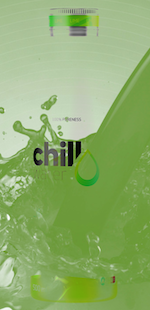 |
| Lighten | Color Dodge | Color Burn | Hard light |
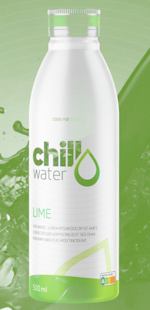 |
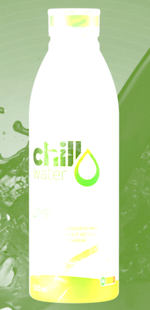 |
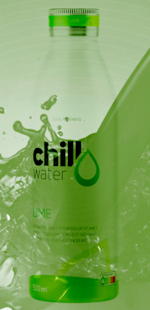 |
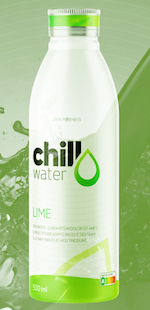 |
| Soft light | Difference | Exclusion | Multiply |
 |
 |
 |
 |
| Hue | Saturation | Color | Luminosity |
 |
 |
 |
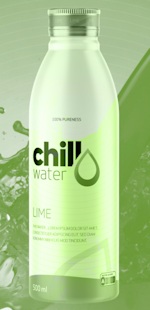 |
The above examples show blend modes in action on a graphic. You can also apply them to a frame with text.
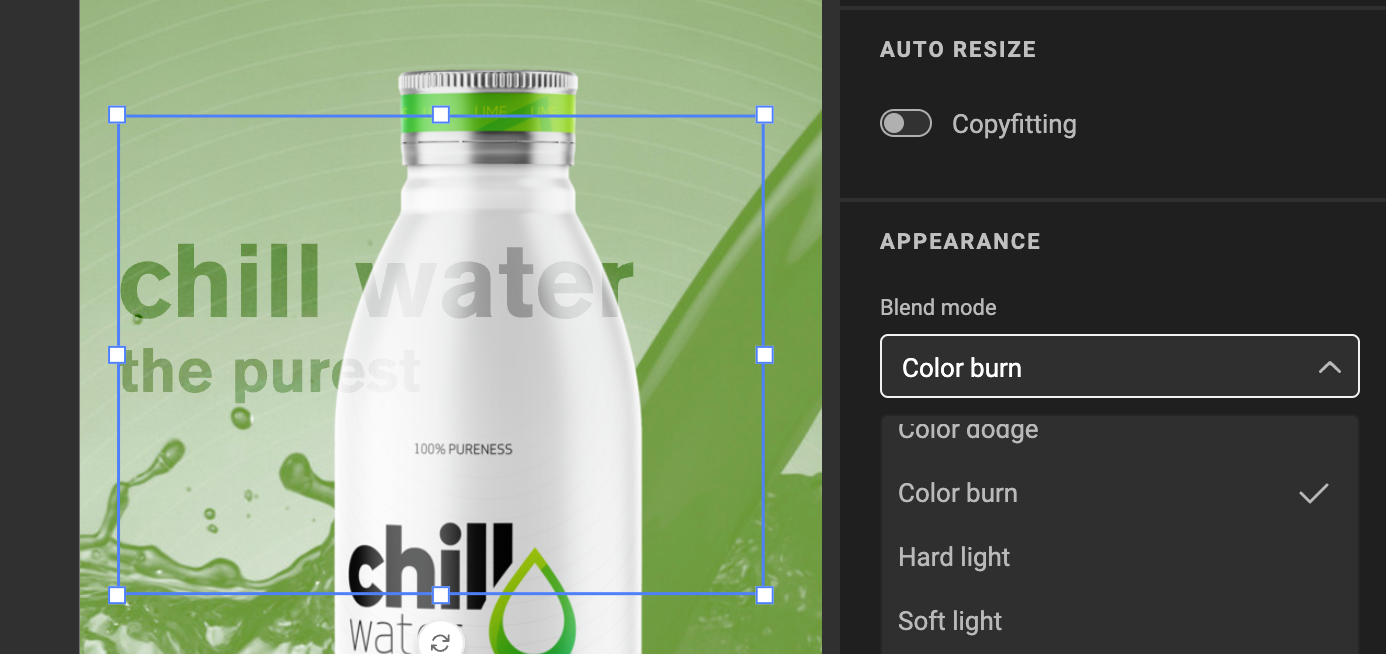
Normal
The default blend mode which draws the new graphics over the existing graphics.
Screen
Lightens the colors in the bottom layer by blending them with the inverse of the colors in the top layer.
Overlay
Combines the multiply and screen blend modes. It darkens the bottom layer where the top layer is dark, and lightens it where the top layer is light.
Darken
Compares the colors in both layers and selects the darker color for the resulting blend.
Lighten
Compares the colors in both layers and selects the lighter color for the resulting blend.
Color Dodge
Lightens the bottom layer color depending on the color of the top layer. It produces a brighter and more vibrant effect.
Color Burn
Darkens the bottom layer color depending on the color of the top layer. It produces a darker and more contrasted effect.
Hard Light
Multiplies or screens the colors, depending on the top layer's color value. It produces an intense and dramatic effect.
Soft Light
Darkens or lightens the colors, depending on the top layer's color value. It produces a soft and subtle effect.
Difference
Subtracts the bottom layer's color from the top layer's color. It produces an inverted effect.
Exclusion
Subtracts the bottom layer's color from the top layer's color, but with less intensity than the difference blend mode. It produces a softer inverted effect.
Multiply
Multiplies the colors in the top and bottom layers. It produces a darker effect.
Hue
Uses the hue of the top layer with the saturation and luminance of the bottom layer. It produces a hue-based color effect.
Saturation
Uses the saturation of the top layer with the hue and luminance of the bottom layer. It produces a saturation-based color effect.
Color
Uses the hue and saturation of the top layer with the luminance of the bottom layer. It produces a color-based effect.
Luminosity
Uses the luminance of the top layer with the hue and saturation of the bottom layer. It produces a luminosity-based effect.